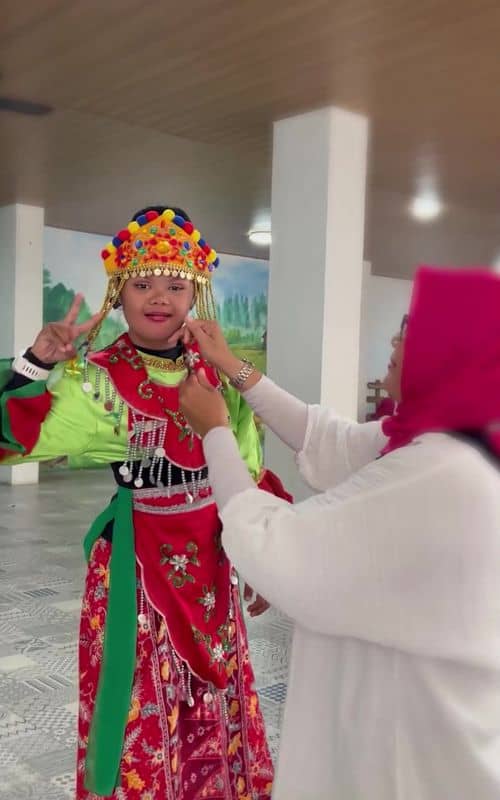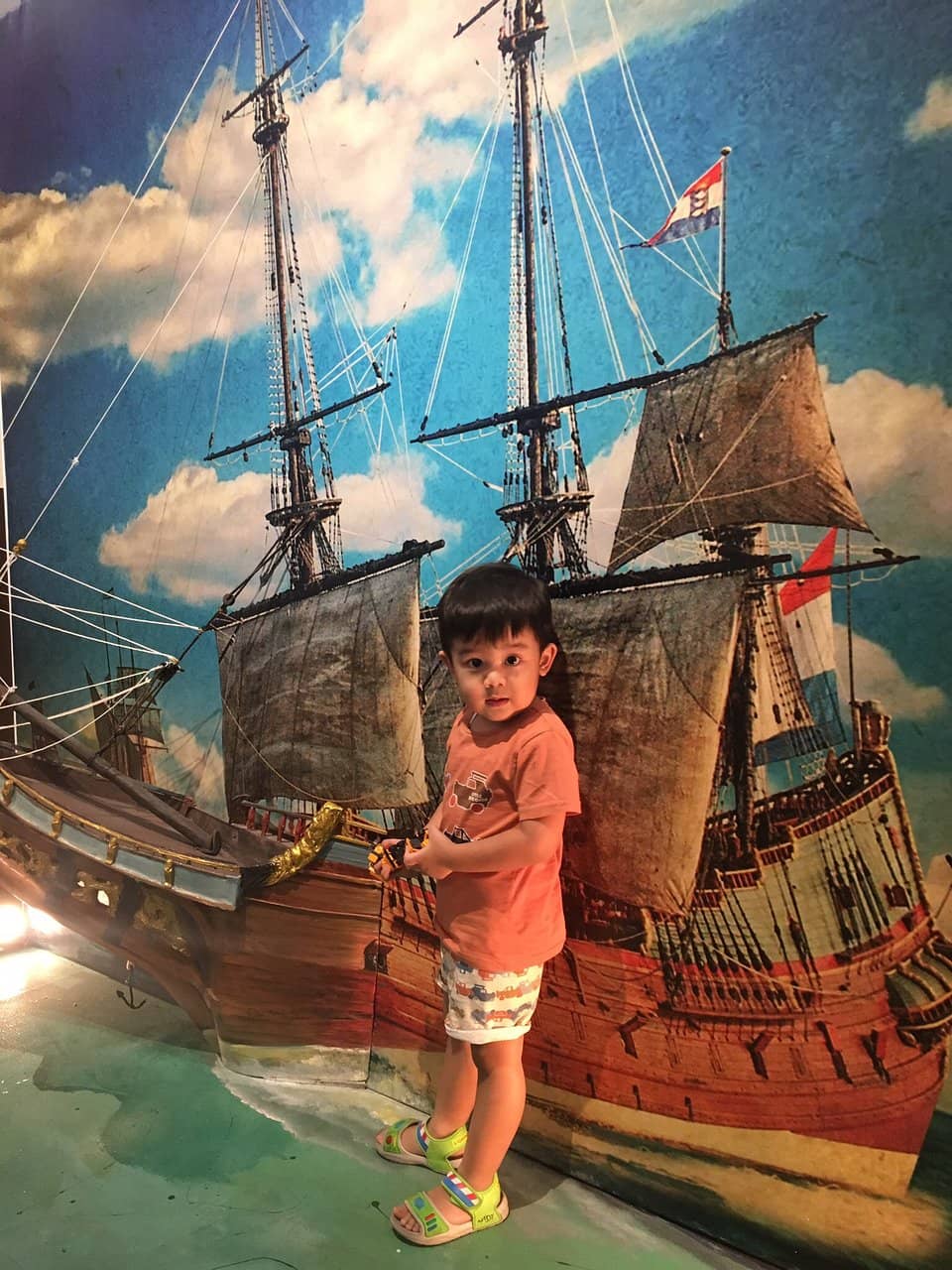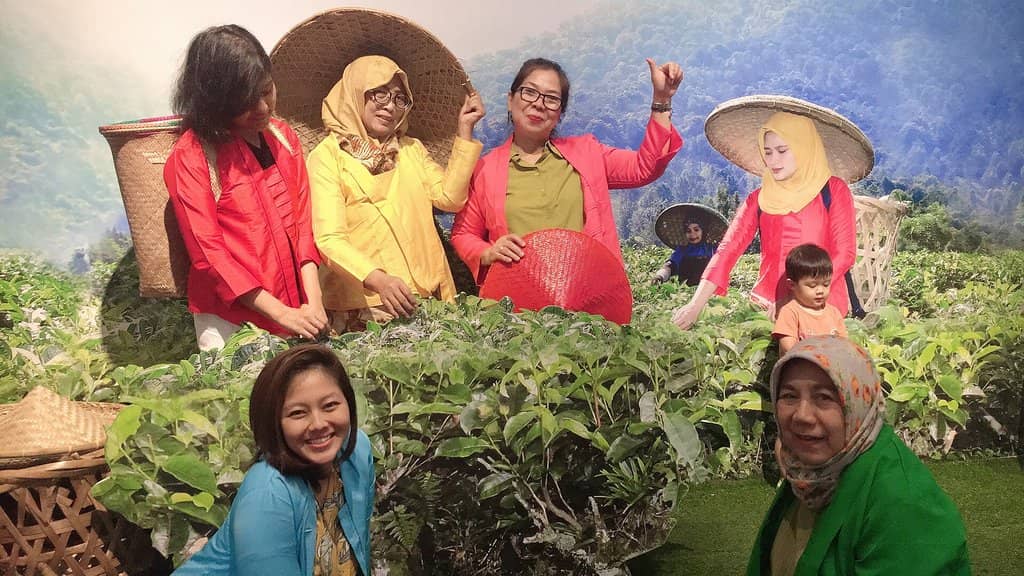
Soil and Agriculture Museum
Explore Indonesia's rich soil diversity and agricultural heritage at this free museum, a former Dutch research lab.
Highlights
Must-see attractions

Social
From TikTok & Reddit
Best Time
Fewer crowds, more focus

Soil and Agriculture Museum
Best Time
Fewer crowds, more focus
Highlights
Must-see attractions
Explore Indonesia's rich soil diversity and agricultural heritage at this free museum, a former Dutch research lab.
"Surprisingly, there's no fee surcharge for this museum. Staff are helpful, and the place is nice and clean."

🎯 Free Entry! Just Register
No admission fee! Simply register at the lobby. Guards will guide you.
📝 Look for Labels
Many exhibits, especially stones and creatures, lack clear labels. Ask staff for details.

Highlights
Discover the most iconic attractions and experiences
Indonesian Soil Profiles
Main Exhibition Hall
Explore physical examples of soil profiles representing major Indonesian soil types and their significance.
Traditional Agricultural Practices
Learn about historical farming methods and their impact on Indonesian agriculture.
Dutch Colonial Era Exhibits
Discover artifacts and information from the Dutch era's soil mapping and research.
Plans like a pro.
Thinks like you
Planning Your Visit
Free Admission, Big Insights
A Glimpse into History
Best Times
Insider Tips
from TikTok, Instagram & Reddit
🎯 Free Entry! Just Register
No admission fee! Simply register at the lobby. Guards will guide you.
📝 Look for Labels
Many exhibits, especially stones and creatures, lack clear labels. Ask staff for details.
📸 Capture the History
The historic exterior is a great photo op. Interior exhibits offer educational visuals.
🌱 Learn About Soil Health
Gain insights into soil advantages, disadvantages, and productivity enhancement.
Tips
from all over the internet
🎯 Free Entry! Just Register
No admission fee! Simply register at the lobby. Guards will guide you.
📝 Look for Labels
Many exhibits, especially stones and creatures, lack clear labels. Ask staff for details.
📸 Capture the History
The historic exterior is a great photo op. Interior exhibits offer educational visuals.
🌱 Learn About Soil Health
Gain insights into soil advantages, disadvantages, and productivity enhancement.
What Travellers Say
Reviews Summary
Visitors praise the Soil and Agriculture Museum for its free admission and educational content on Indonesian soil types and traditional farming. While the historic exterior and informative displays are highlights, some reviewers suggest improvements in exhibit labeling and overall maintenance.
"Good one with no entry fee. It explains the types of soils and the traditional agricultural practices. However, maintenance can be improved."
Travelling World
"Cool historic site, a former Dutch agrogeology and soil research lab, supporting their plantations. There's a museum about Indonesian soil types inside, but only the exterior is historic, plus some light fixtures inside. Free."
Josiah Wadsack
"It's a nice place to know anything on our land and what's inside. This museum has been started couple years ago but all the things had been provided since The Dutch Era. The Dutch government made qualified soil maps along our nation. Based on that map, The Dutch government occupied our country for centuries. What a great story instead of old museum"
Johanes Jenito
What People Like
What People Dislike
Frequently Asked Questions
🚇 🗺️ Getting There
The museum is located in Bogor. While specific public transport details aren't widely shared, local taxis or ride-sharing services are convenient options.
Parking availability is generally good, especially on weekdays. It's advisable to arrive earlier if you're driving during peak times.
Yes, educational institutions like Indus World School have organized visits. Inquire with local tour operators for potential packages.
🎫 🎫 Tickets & Entry
No, the museum offers free admission! You just need to register at the lobby upon arrival.
Opening hours can vary, but it's generally open during standard daytime hours on weekdays. It's best to check locally or arrive earlier in the day.
Since there's no entry fee, advance booking isn't required. Just register at the lobby.
🎫 🧭 Onsite Experience
You can explore exhibits on Indonesian soil types, traditional agricultural practices, and the history of soil research from the Dutch era. There are also displays on insects and creatures found in soil.
Yes, it's an educational spot for children to learn about soil and farming. Some TikTok videos show it as a great educational recreation spot.
While formal guided tours might not be advertised, the staff are helpful and can provide information. The guards will also guide you upon entry.
Some visitors have noted that maintenance could be improved, but the place is generally described as nice and clean with interesting installations.
🍽️ 🍽️ Food & Dining
Specific dining facilities within the museum aren't widely mentioned. However, Bogor has many local eateries and cafes nearby.
📸 📸 Photography
Photography is generally permitted, especially for educational purposes. Capturing the historic exterior and informative displays is encouraged.
The historic Dutch-era exterior offers a great backdrop. Inside, the soil profile displays and unique exhibits provide interesting photographic subjects.
For Different Travelers
Tailored advice for your travel style
👨👩👧 Families with Kids
📚 Students and Educators
🌱 Gardeners and Agriculturists
Deep Dives
In-depth insights and expert knowledge
The Significance of Soil
These displays are particularly valuable for understanding the agricultural heritage of the region. The museum's collection includes physical examples of soil profiles, offering a tangible way to grasp the complexities of soil science. This educational approach makes it a worthwhile visit for anyone interested in environmental science, agriculture, or the history of land use.
A Legacy of Dutch Research
Inside, visitors can find exhibits that reflect this historical context, showcasing the early efforts in soil mapping and research. While the focus is on Indonesian soil and agriculture, the Dutch era exhibits provide a unique perspective on the scientific contributions and historical impact of that period. It's a chance to connect with the past and understand how scientific exploration shaped the agricultural landscape.
Exploring the Museum's Collections
While many exhibits are informative, some visitors have noted that not all items have clear labels or descriptions, which can be a minor drawback. However, the staff are generally helpful and can provide additional context. The museum also offers an open space to relax, making it a pleasant environment for learning and reflection.




Social
from TikTok, Instagram & Reddit